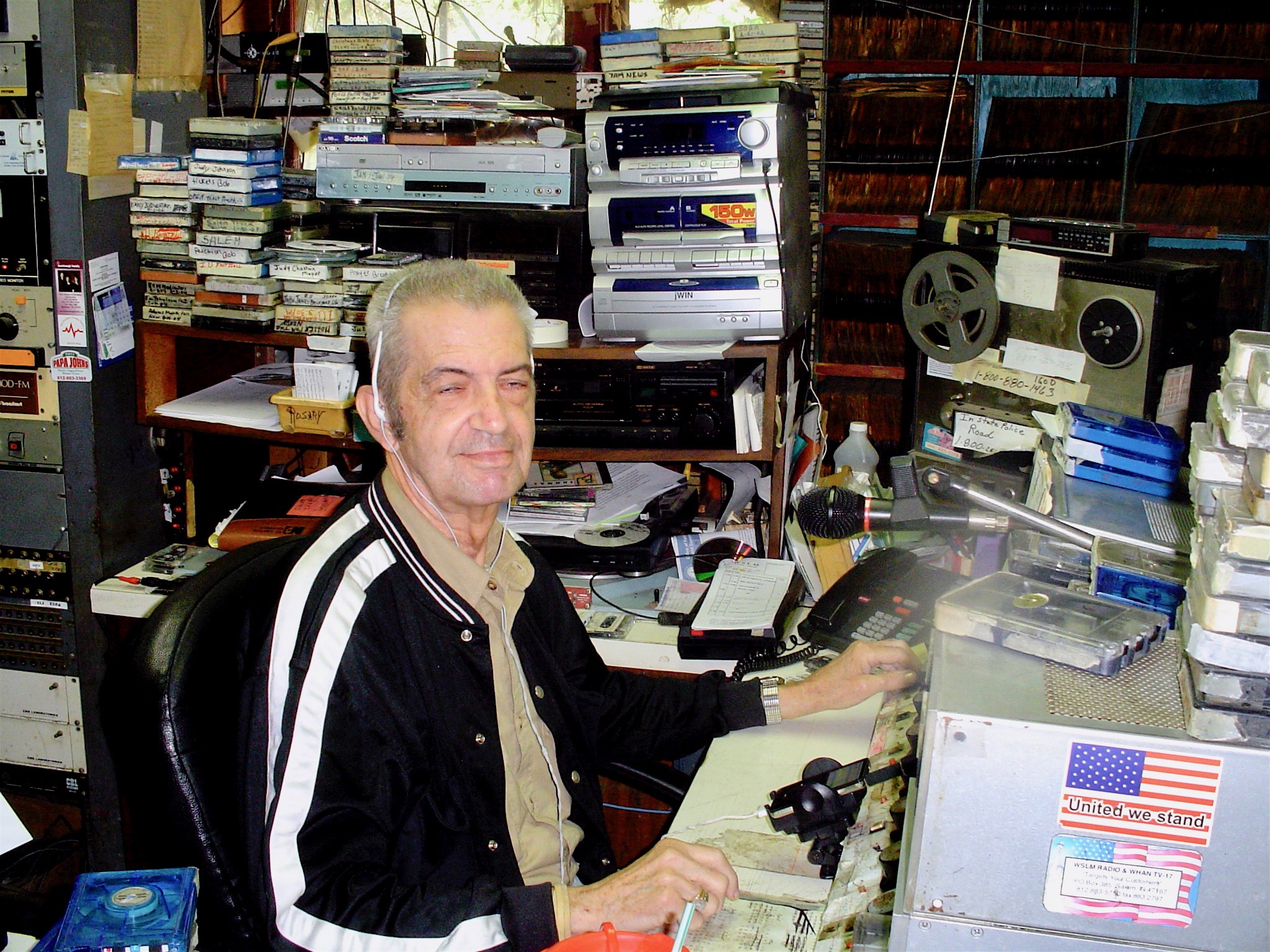I’ve been collecting digital photos for years. Since photos became digital, in fact. Along the way I scanned a few thousand photos. More than once. In the early days of the web I wanted to keep images small so they could be uploaded to the web and viewed with molasses-slow dial-up connections. 72 dpi, 640×480. Shitty little things. As the online world improved and I realized my mistake, I scanned many prints again at nice high (600 dpi) resolution.
When I got my first Mac I started managing all my photos in iPhoto (now Apple Photo). I titled every photo and put them in albums and added keywords and then forgot about them. At one point I guess I had about 5,000 photos. That’s nothing compared to most users. Lot of folks have ten, twenty thousand photos. More.
I’ve tended to be a little obsessive compulsive about my photos. If I had 20 shots of the pond at the bottom of our hill and they were all so similar I couldn’t tell one from the other, I’d delete all but the best. In time, my collection was down to about 2,000 photos. But I’d made a conscious decision regarding each one.
I trimmed a few hundred more photos in the past week. Why, for example, did I need photos of the Golden Gate Bridge? The Chrysler Building. The Space Needle. If the photo featured friends or family, I kept it. If there was some personal connection to the subject of the photo, sure. But if the only reason I was keeping the photo was I took it… not a sufficient reason (for me).
Why bother, you ask. Tossing the chaff makes the remaining wheat more valuable. And a couple thousand photos are manageable. While going through my photos I saw that many could be improved. I tweaked and cropped and added meta data where needed. You just can’t do that with 10,000 photos.
I think this is part of the “a place for everything” itch I’ve been scratching for a few years. Keeping only thing things I really care about and getting rid of the rest. Even if I have room to keep it.
Now that I have my collection down to a manageable size, I’m more picky about what gets added. And I’m a little more careful about how I take photos. I went through a similar process with my books a few years ago. When I finish a book that was just so-so, it doesn’t make it to the shelf. It goes to the county library book sale.
I’d call this a zen thing but anything you call a zen thing is definitely not a zen thing.


